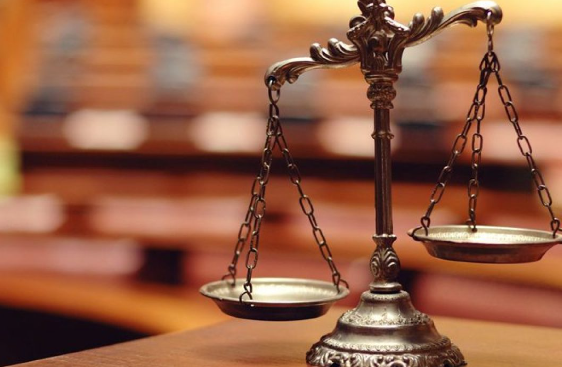If you’re new to the legal concept of trusts, it helps to understand their key features. Here are the main things you should know.
1. Legal Status
A Declaration of Trust is legally binding and the arrangement happens when a settler transfers their assets to a trustee. The trustee is entrusted with the assets under a legal title. This isn’t for their benefit directly, but to ultimately benefit the beneficiaries named in the trust, or for a specific purpose.

Image credit
2. Duties
The existence of a trust confers specific duties onto the trustee and this individual must adhere to them, dealing with the assets of the trust in accordance with the trust’s terms or the duties and powers that are naturally conferred by law.
3. Assets
Any type of asset, in theory, can be put within a Declaration of Trust. Typically, the main asset is property, but it can also be debts, shares, chattels, land, contractual benefits, business interests, intellectual property or even life insurance. A solicitor such as https://www.parachutelaw.co.uk/deed-of-trust can write a Declaration of Trust.
4. History
Trusts are an ancient legal status and have been used for more than 800 years. Since their inception, the main purpose for creating a trust is to keep assets safe and risk-free. For example, they might be created to ensure assets are kept safe from political uncertainty. Today they are written by lawyers on behalf of clients for many purposes.
5. Risk Mitigation
Trusts can also be used to safeguard particular assets against risks, such as state confiscation. Settlers gain the ability to shield their assets and themselves from future changes in the law, and to keep property away from the grasp of creditors. They can be used to protect specific assets and to prevent assets from being dissipated in the event of insolvency or a marriage breakdown, for example.
6. Wealth Preservation
On other occasions, trusts are used to preserve wealth and to ensure its continuity within a family. For example, by putting the assets within the trust, family members can benefit from them, without having any risk of the assets being dissipated or fragmented against future generation beneficiaries. They also ensure that family wealth doesn’t end up with external beneficiaries in the event of death or divorce.

7. The Three C’s
For a trust to be formed, the three Cs must be in place – capacity, certainty, and constitution.







+ There are no comments
Add yours